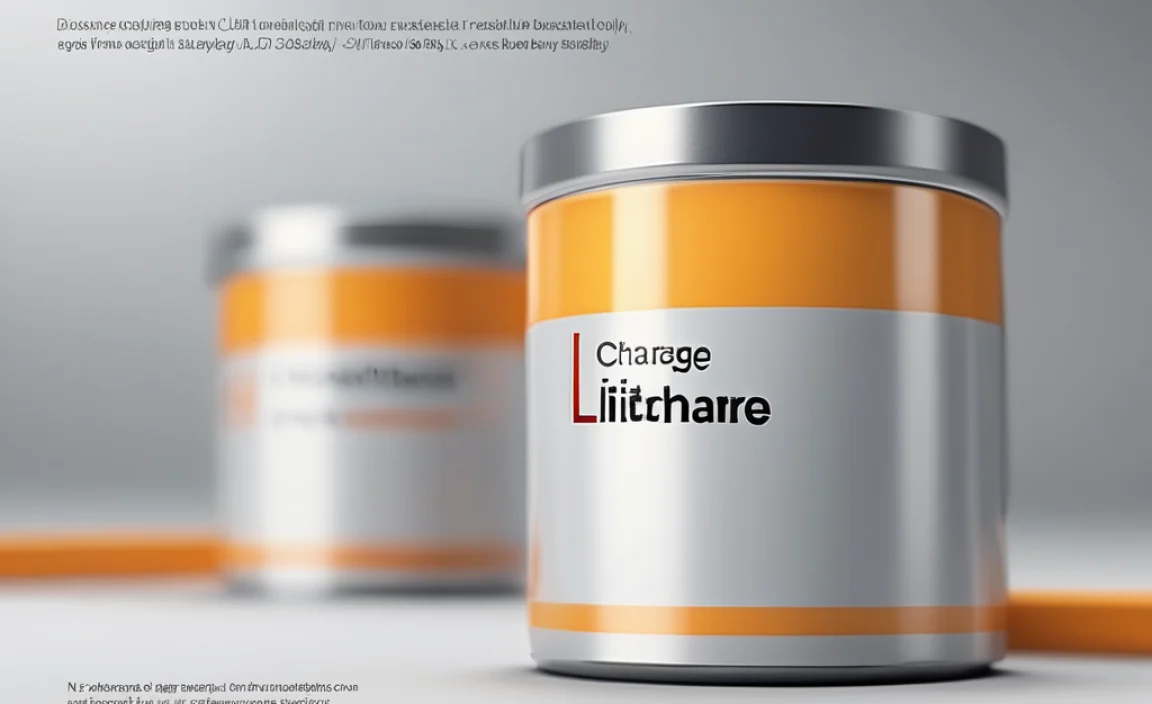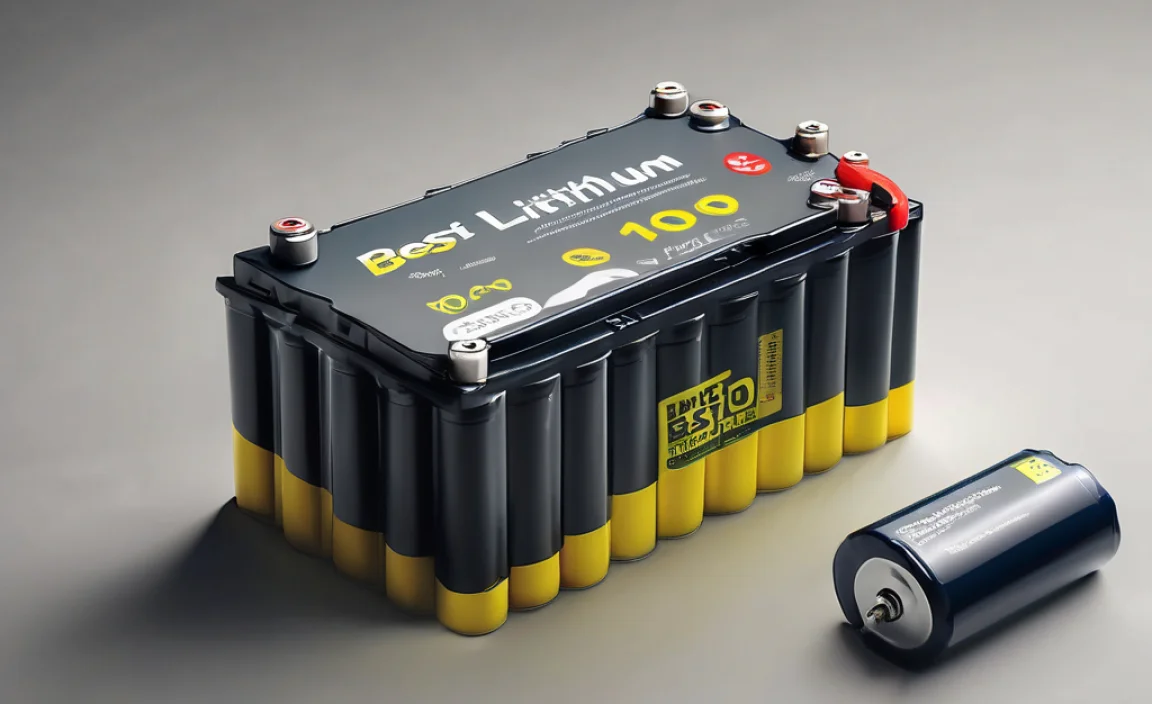Adapters for phones are essential tools that bridge compatibility gaps, letting you use accessories like headphones, chargers, and storage devices with your smartphone. They’re simple, genius solutions to common tech annoyances, ensuring your phone works with the gear you need, when you need it.
Ever grabbed your favorite headphones only to find they don’t fit your new phone’s port? Or maybe you have a bunch of old USB drives you’d love to use with your smartphone? It’s a common headache that can stop you in your tracks. But don’t worry, there’s a super simple fix for almost every one of these “won’t connect” moments. We call them adapters, and they’re like little magic wands for your phone.
These small gadgets are unsung heroes, making sure your phone plays nicely with all your other tech. Whether you need to listen to music, charge up on the go, or transfer files, there’s likely an adapter out there that can help. Getting to know these adapters means less frustration and more seamless use of your smartphone. Let’s dive in and see how these adapters can make your life so much easier.
What Exactly Are Phone Adapters and Why Do We Need Them?
Think of adapters as translators for your phone’s ports and your accessories. Phones, especially newer ones, often have specific types of ports for charging and connecting other devices. Over time, the industry has adopted different standards, like USB-C becoming more common. But what about all the perfectly good accessories you already own that use older types of connectors, like the classic USB-A or the 3.5mm headphone jack?
This is where adapters save the day. They plug into your phone’s port and offer a different port on the other end, allowing an older accessory to connect. It’s a way to keep using your trusted gear without having to buy all new accessories every time you upgrade your phone. They’re a sustainable and budget-friendly solution to a very modern problem.
Common Adapters You’ll Encounter
There are several types of adapters that are super useful for most smartphone users. Here are the most common ones you’re likely to need:
- USB-C to 3.5mm Headphone Jack Adapter: If your phone no longer has a headphone jack but you love your wired headphones, this is a must-have. It lets you plug your standard headphones into your phone’s USB-C port.
- USB-C to USB-A Adapter: This is brilliant for connecting older USB devices, like flash drives, keyboards, or even charging cables that use the larger USB-A connector, to newer phones and laptops with USB-C ports.
- Lightning to 3.5mm Headphone Jack Adapter: For iPhone users whose devices have a Lightning port instead of a headphone jack, this adapter serves the same purpose as the USB-C version.
- Lightning to USB Camera Adapter/SD Card Reader: This handy adapter allows iPhone and iPad users to connect cameras or SD cards directly to their device to transfer photos and videos.
- Micro-USB to USB-C Adapter: If you have older accessories or chargers that use Micro-USB, this adapter lets you connect them to newer devices that have USB-C ports.
These adapters are small, portable, and relatively inexpensive, making them easy additions to your everyday carry.
Unlocking Audio: Adapters for Your Headphones
The disappearance of the 3.5mm headphone jack from many smartphones was a big change for music lovers and podcast enthusiasts. Suddenly, those beloved wired headphones didn’t fit anymore. Thankfully, headphone jack adapters are a genius solution.
The 3.5mm Headphone Jack Dilemma
For years, the 3.5mm audio jack was the universal standard for headphones. It’s simple, reliable, and works with countless devices. However, to make phones slimmer and to push wireless audio, many manufacturers removed this port. This left many of us with a drawer full of perfectly good wired headphones feeling useless.
Choosing the Right Headphone Adapter
The type of adapter you need depends on your phone’s charging port. Most modern Android phones use USB-C, while iPhones use the Lightning port.
- For USB-C Phones: Look for a USB-C to 3.5mm Headphone Jack Adapter. These typically have a USB-C connector on one end and a standard 3.5mm female jack on the other. You just plug it into your phone, and then plug your headphones into the adapter.
- For iPhones (with Lightning Port): You’ll need a Lightning to 3.5mm Headphone Jack Adapter. Apple sells these, and many third-party brands offer them too. They connect to your iPhone’s Lightning port.
Important Considerations:
- Sound Quality: Most basic adapters won’t change the sound quality of your music. However, some higher-end adapters include a built-in Digital-to-Analog Converter (DAC) that can actually improve sound quality, especially if your phone’s internal DAC is basic.
- Microphone Support: Ensure the adapter you choose supports microphones if you plan to use your headphones for calls. Most do, but it’s always good to check the product description.
- Durability: Look for adapters with sturdy connectors and a flexible cable strain relief to prevent fraying.
The Best of Both Worlds: Wireless and Wired
While many people are embracing wireless earbuds, wired headphones still offer advantages. They often provide better sound isolation, don’t require charging, and can be more affordable. Adapters ensure you don’t have to abandon your favorite wired audio experience.
For example, you can continue to use premium wired headphones that deliver exceptional audio fidelity without needing to invest in equally expensive wireless alternatives. This is a great way to maintain your listening quality while saving money and reducing electronic waste. You can find reliable adapters from reputable brands like Apple, Anker, and Belkin.
Power Up Your Life: Charging and Data Adapters
Adapters aren’t just for audio; they’re incredibly useful for charging and transferring data too. They help connect your phone to power sources or your computer to move files around.
Bridging the Charging Gap
As mentioned, USB-C is becoming the standard. But what if you have a wall charger with a USB-A port, or an older phone charger with a Micro-USB connector you want to use with a USB-C phone?
- USB-A to USB-C Adapter: This adapter allows you to plug a standard USB-A charging cable into a USB-C port on your phone or power brick. This is handy if you have many older USB-A chargers lying around.
- Micro-USB to USB-C Adapter: If you have older Micro-USB cables (often found with older Android phones, some accessories, and power banks), this tiny adapter lets you plug them into a USB-C port. It’s like giving your old cables a new life.
Seamless Data Transfer
Transferring photos, videos, or documents between your phone and other devices used to be a hassle. Adapters make it much simpler, especially for photographers and content creators.
- USB-C to USB-A Adapter for Flash Drives: Connect standard USB flash drives directly to your phone to quickly back up photos or move files. Many Android phones and newer iPhones (via specific adapters/apps) support this.
- Lightning to USB Camera Adapter (iPhone/iPad): This official Apple accessory is a game-changer for iPhone users who want to import photos and videos directly from cameras that use standard USB connections or from SD cards. It typically comes with an additional USB-A port for connecting other accessories like keyboards or card readers.
- USB-C SD Card Readers: For phones and tablets with USB-C ports, dedicated USB-C SD card readers (often small dongles) allow you to read memory cards from cameras, drones, or other devices. This is incredibly useful for on-the-go editing and sharing of high-resolution media.
These data adapters are often crucial for mobile workflows. Imagine shooting a professional-quality video on your phone and needing to quickly transfer the large files to an external drive or an SD card. A simple adapter makes this possible without needing a computer.
A World of Compatibility
With these adapters, your phone can connect to a wider range of accessories. You can use car chargers that have USB-A ports, connect to older computer ports, or even use your phone as a host for certain USB devices. It’s all about maximizing the utility of your smartphone.
Beyond the Basics: Specialized Adapters and Their Uses
While headphone and basic data/charging adapters are common, there are more specialized adapters that can be incredibly useful for specific needs.
For the Creative and Connected
- USB-C Hubs/Dongles: These are more advanced adapters that offer multiple ports. A USB-C hub might provide USB-A ports, an HDMI output for connecting to a monitor or TV, an Ethernet port for stable internet, and an SD card reader, all from a single USB-C connection. This transforms your phone or tablet into a more capable workstation.
- OTG (On-The-Go) Adapters: Officially, many of the USB-C to USB-A adapters for flash drives function as OTG adapters. USB On-The-Go allows a device (like your phone) to act as a USB host, meaning it can connect to and control other USB devices, such as keyboards, mice, memory cards, or external hard drives. Some older phones also had Micro-USB OTG support.
- HDMI Adapters (USB-C to HDMI or Lightning to HDMI): These allow you to mirror your phone’s screen or stream content to a TV or monitor. This is great for presentations, watching movies on a bigger screen, or even mobile gaming.
Power and Connectivity Solutions
- Car Charger Adapters: While many car chargers now have USB-C ports, you might still encounter older cars with only USB-A ports. You can use a USB-A to USB-C adapter to plug your USB-C cable into an existing car charger. Or, if your car charger has a cigarette lighter plug but only USB-A ports, and you have a USB-C cable, you might need a USB-C cable itself to plug into that charger.
- Multi-Port Chargers: Sometimes dedicated multi-port charging bricks that have both USB-A and USB-C ports can act as a form of adapter, allowing you to charge different devices with different cable types simultaneously from one power source.
Table: Specialized Adapters and Their Functions
| Adapter Type | Primary Use | Benefits | Common Ports |
|---|---|---|---|
| USB-C Hub | Expand connectivity from a single USB-C port | Connect multiple accessories simultaneously (USB-A, HDMI, SD card, Ethernet) | USB-C In, USB-A Out, HDMI Out, SD Card Slot, Ethernet Port |
| USB OTG Adapter | Enable phone to act as USB host | Connect keyboards, mice, flash drives, controllers | USB-C or Micro-USB In, USB-A Out |
| USB-C to HDMI Adapter | Mirror phone screen to a TV or monitor | Presentations, movie streaming, gaming on a larger display | USB-C In, HDMI Out |
| Lightning to USB Camera Adapter | Import photos/videos from cameras or SD cards to iPhone/iPad | Direct photo transfer, use of external keyboards | Lightning In, USB-A Out, SD Card Slot (on some models) |
These specialized adapters demonstrate the incredible versatility that can be unlocked with a few simple connectors. They empower users to adapt their existing technology and workflows to their smartphone, rather than the other way around.
Safety and Best Practices for Using Adapters
While adapters are generally safe and straightforward to use, following some best practices will ensure reliability and longevity.
Quality Matters
When buying adapters, especially for charging or audio, opt for reputable brands. Cheap, unbranded adapters can sometimes be poorly made, leading to:
- Poor connection: They might work intermittently or not at all.
- Data corruption: For file transfers, a bad connection can lead to corrupted data.
- Device damage: In rare cases, poorly manufactured power adapters can overcharge or even damage your phone’s battery or charging port.
Look for certifications like MFi (Made for iPhone/iPad) for Apple accessories, or UL certification for electrical safety. You can check out resources like The U.S. Consumer Product Safety Commission (CPSC) for general advice on product safety.
Handle with Care
Adapters are small and can be fragile. Avoid:
- Forcing connections: If an adapter doesn’t plug in easily, don’t force it. Check that you have the correct adapter and that the port is clear of debris.
- Yanking cables: Always grasp the adapter or the connector itself when unplugging, not the cable, to avoid damaging the internal wiring.
- Exposure to elements: Keep adapters clean and dry. Avoid dropping them or exposing them to extreme temperatures.
Charging Safety
If you’re using a charging adapter, ensure it’s rated for your phone’s charging speed. Using a slow adapter for a fast-charging phone won’t damage the phone, but it will take much longer to charge. Conversely, using a very high-wattage charger with an adapter not designed for it could be risky.
Always use adapters in conjunction with trusted charging cables and power sources. If you notice an adapter getting unusually hot, emitting strange smells, or behaving erratically, unplug it immediately and stop using it.
Software Compatibility
For most basic adapters (audio, USB-A compatibility), software isn’t an issue. However, with specialized adapters like high-end USB-C hubs or advanced card readers, your phone’s operating system needs to recognize them. Ensure your phone’s software is up to date, as these updates often include improved compatibility for accessories.
By being mindful of quality and handling your adapters with care, you can ensure they perform reliably and safely for a long time.
The Future of Phone Adapters
The landscape of smartphone connectivity is constantly evolving. USB-C is becoming more universal, which simplifies things, but the need for adapters isn’t vanishing anytime soon. Manufacturers continue to innovate, leading to new types of adapters and increased functionality.
We’re seeing more sophisticated USB-C hubs that can power laptops, connect to multiple high-resolution displays, and offer faster data transfer speeds. For photographers and content creators, compact, high-speed card readers are becoming essential tools. The trend is towards devices becoming more powerful and versatile, and adapters are the key to unlocking that potential.
Even as ports become more standardized, the sheer variety of accessories, both old and new, means adapters will remain a practical necessity. They bridge the gap between what you have and what you need to connect. So, while you might be hearing more about wireless solutions, don’t underestimate the enduring genius and essential nature of a good adapter for your phone.
Frequently Asked Questions About Phone Adapters
Q1: Will an adapter slow down my charging speed?
A1: It depends on the adapter and cable. Most basic USB-C to USB-A or Micro-USB to USB-C adapters designed for charging won’t significantly slow down charging unless the adapter itself has poor quality internal wiring. However, using an adapter might mean you can’t take advantage of the fastest charging protocols if the adapter or the connected cable doesn’t support them.
Q2: Can I use any adapter to connect headphones?
A2: For audio, you generally need an adapter that is specifically designed for audio output and input. For example, a USB-C to USB-A adapter will not work for headphones. You need a USB-C to 3.5mm or Lightning to 3.5mm adapter. Sometimes, older USB-A headphones might work with a USB-C to USB-A adapter if the phone supports USB audio over USB-A (which is less common).
Q3: Are cheap adapters dangerous for my phone?
A3: While not all cheap adapters are dangerous, they carry a higher risk. Poorly made adapters, especially for charging, might not have proper safety mechanisms to prevent overcharging or voltage spikes, which could potentially damage your phone’s battery or internal components. It’s also possible for them to simply not work or be unreliable. Sticking to reputable brands is recommended.
Q4: Do I need a special adapter to transfer photos from my iPhone to a USB drive?
A4: Yes, for iPhones, you typically need either the “Lightning to USB Camera Adapter” and then a USB drive, or a



